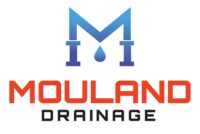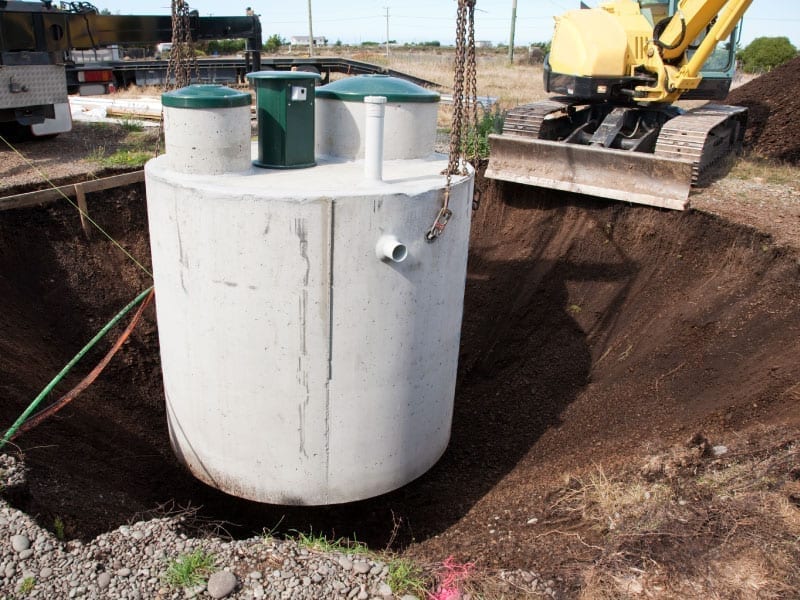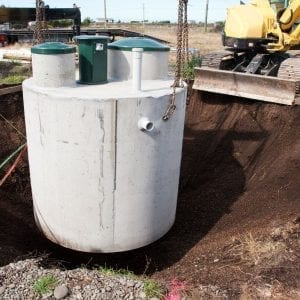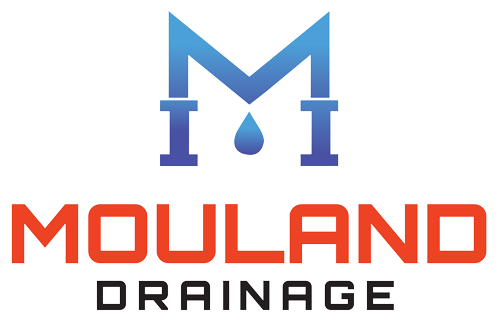Rules For Existing And New Sewage Treatment Plant Systems
Use the correct treatment system
You must use a small sewage treatment plant to treat the sewage if you’re discharging to a surface water such as a river or stream. A small sewage treatment plant (also known as a package treatment plant) uses mechanical parts to treat the liquid so it’s clean enough to go into a river or stream.
Discharges from septic tanks directly to a surface water are not allowed under the general binding rules.
If you have a septic tank that discharges directly to a surface water you will need to replace or upgrade your treatment system by 1 January 2020, or when you sell your property if before this date.
If the Environment Agency finds evidence that your septic tank discharging to a surface water is causing pollution, you will need to replace or upgrade your system earlier than 1 January 2020. You will usually have to do this within 1 year, although this will be agreed on a case-by-case basis.
You may be able to:
connect to mains sewer – where available
install a drainage field (also known as an infiltration system) so the septic tank can discharge to ground instead
replace your septic tank with a small sewage treatment plant
Contact the Environment Agency to discuss your options.
You can apply for a permit for an existing or new discharge to a surface water from a septic tank. A permit is only granted in exceptional circumstances. Contact the Environment Agency to discuss.
If you’re planning to use a septic tank conversion unit to upgrade an existing septic tank discharging to a surface water contact the Environment Agency to check it meets the required standard. You will be asked to provide evidence that it will treat to the equivalent standard as a sewage treatment plant. You will still need to apply for a permit.
Your treatment system must meet the right standards
Your treatment system must meet the relevant British Standard which was in force at the time of installation. The standards currently in force for new systems are:
BS EN 12566 for small sewage treatment plants
BS 6297:2007 for drainage fields
Your treatment plant met the British Standard in place at the time of installation if:
it has a CE mark
the manual or other documentation that came with your tank or treatment plant has a certificate of compliance with a British Standard
it’s on British Water’s list of approved equipment
You can also ask the company that installed your equipment to confirm that it complies with the British Standard that was in place at the time the equipment was installed.
If there were no British Standards in place when your treatment system was installed (that is before 1983) you do not need to do anything else to meet this requirement.
Your treatment system must be installed properly and have enough capacity
Your treatment system must be large enough to handle the maximum amount of sewage it will need to treat. If you install a new small sewage treatment plant you must check with the installer that it meets the sizing requirements in British Water’s Flows and Loads 4 guidance.
If the amount of sewage the system needs to treat increases (eg because you’ve extended your property or connected an additional property) you must make sure the treatment system is still big enough. You must also recalculate the maximum daily volume of your discharge and apply for a permit if it is more than 5 cubic metres (5,000 litres) a day.
Your treatment system must be installed in line with the manufacturer’s specification (the instruction manual or technical set of requirements that comes with the equipment).
If you’re in a tidal area (an area where the water level changes according to tides), you must make sure the top end of the pipe that releases sewage is below the ‘mean low water spring mark’.
This is the average low water mark at the time of spring tides. Find out the low water mark where you live on the Admiralty tide tables.
Contact the Environment Agency if your exact location is not shown.
Have your treatment system regularly emptied and maintained
You must get the sludge which builds up in your sewage treatment plant removed (desludged) before it exceeds the maximum capacity. As a minimum, you should have your treatment system desludged once a year or in line with the manufacturer’s instructions.
The company you use to dispose of your waste sludge must be a registered waste carrier. Ask the company to confirm this when you arrange to have your tank emptied or ask the tanker driver for a copy of the company’s waste carrier’s certificate.
You should have your treatment system regularly maintained in line with the manufacturer’s instructions. If these aren’t available, ask your local maintenance company for advice.
You must have your treatment system repaired or replaced if it isn’t in good working order, for example if it has:
leaks
cracks in tank walls or pipes
blocked pipes
signs that the effluent isn’t draining properly (pools of water around the drainage point)
sewage smells
a failed motor
a failed pump
a failed electrical supply
Anyone who carries out maintenance on your system must be competent. Competent people include those on British Water’s list of Accredited Service Engineers.
You sell your property – tell the new owner about the sewage treatment system
If you sell your property, you must tell the new operator (the owner or person responsible for the sewage treatment plant) in writing that a sewage discharge is in place.
Include:
a description of the treatment plant and drainage system
the location of the main parts of the treatment plant, drainage system and discharge point
details of any changes made to the treatment plant and drainage system
details of how the treatment plant should be maintained, and the maintenance manual if you have one
maintenance records if you have them
You stop using your treatment system – make sure it’s properly decommissioned
You must remove anything that could cause pollution (eg remaining sludge) when you stop using a septic tank or sewage treatment plant.
This doesn’t apply if you only stop using the equipment temporarily, for example if your property is empty.
You can ask a maintenance company for advice on how to decommission your septic tank or treatment plant properly.
Additional rules for new treatment systems installed and in use on or after 1 January 2015
You must follow these additional rules if you:
started a new discharge from a small sewage treatment plant on or after 1 January 2015
had a discharge to ground before 1 January 2015 which you now want to change to discharge to a surface water (or the other way round)
had a discharge to a surface water before 1 January 2015 and you want to install a new drainage pipe which discharges more than 10 metres away from the existing one or which goes to a different surface water
Check if there’s a public sewer nearby
If any part of the building your treatment plant serves is within 30 metres of a public sewer, the Environment Agency will not allow you to start a new discharge from a sewage treatment plant under the general binding rules.
If you are building a development of more than one property, this distance must be multiplied by the number of properties, eg if there are 3 properties then the distance will be 3 x 30 metres = 90 metres.
To find out if there is a public sewer near your property, contact your local water company.
If there is a good reason why you can’t connect to the sewer (eg there is a river or a hill in the way) then you must apply for a permit so that the Environment Agency can decide whether to allow you to use a sewage treatment plant instead. Contact the Environment Agency to find out what information you will need to put in your application.
Building regulations and planning approval
You must have planning permission and Building Regulations approval if you have or are planning to install a new sewage treatment plant.
Check if the discharge point is in or near a designated sensitive area
If you have or are planning to start a new discharge to a surface water in or near to a designated sensitive area, you must apply for a permit.
You will need a permit if the new discharge will be in or within 500 metres of any:
special areas of conservation
special protection areas
Ramsar sites
biological sites of special scientific interest
freshwater pearl mussel population
designated bathing water
protected shellfish water
You will also need a permit if the new discharge will be in or within:
200 metres of an aquatic local nature reserve
50 metres of a chalk river or aquatic local wildlife site
Contact the Environment Agency to check if you’re in or near a designated sensitive area and to find out if you need a permit.
Make sure the surface water has flow
New discharges are not allowed to a ditch or a surface water that does not contain flowing water throughout the whole year. That is unless there is a drought or an unusually long period of dry weather.
New discharges to watercourses that seasonally dry up are not allowed under the general binding rules, nor are discharges to enclosed lakes or ponds.
Contact the Environment Agency if you are unsure whether the surface water you want to discharge to is suitable.
Using a partial drainage field – check it meets the requirements
A partial drainage field (also known as a seasonal soakaway) is a system for discharging to water which allows effluent to drain into the ground when levels in the watercourse are low, and into the watercourse when groundwater levels are high.
If you’re using a partial drainage field for a new discharge, you must install it within 10 metres of the edge of the watercourse and you must only use it with a small sewage treatment plant, not a septic tank.
See the full list of general binding rules published by the government.
If there are any rules you can’t comply with contact the Environment Agency to discuss what you need to do.
https://www.gov.uk/guidance/general-binding-rules-small-sewage-discharge-to-a-surface-water
https://www.moulanddrainage.co.uk/septic-tanks-the-new-forest/
Blocked Drains | Lymington | CCTV Surveys | Drain Cleaning | SO41 | Mouland Drainage




